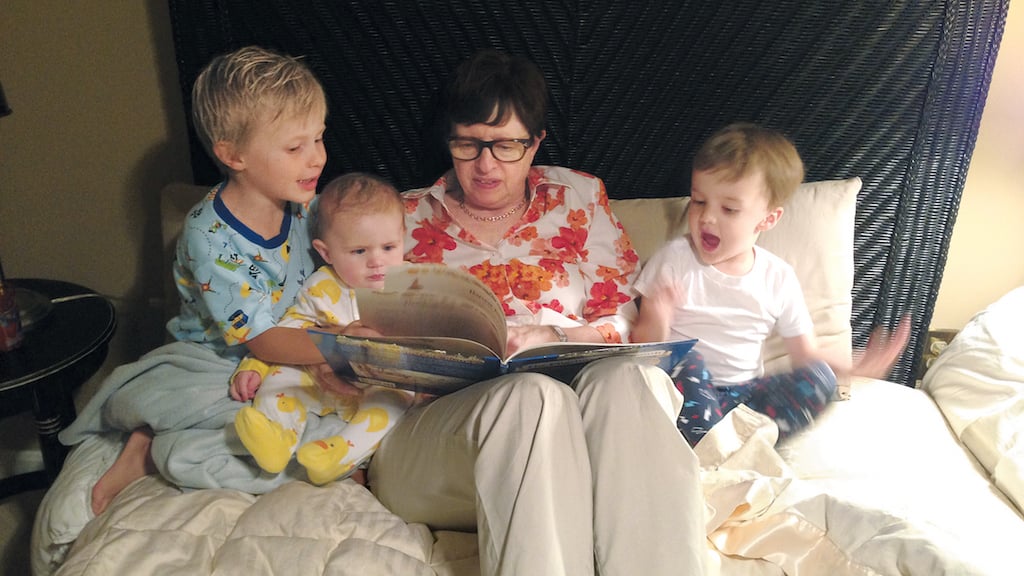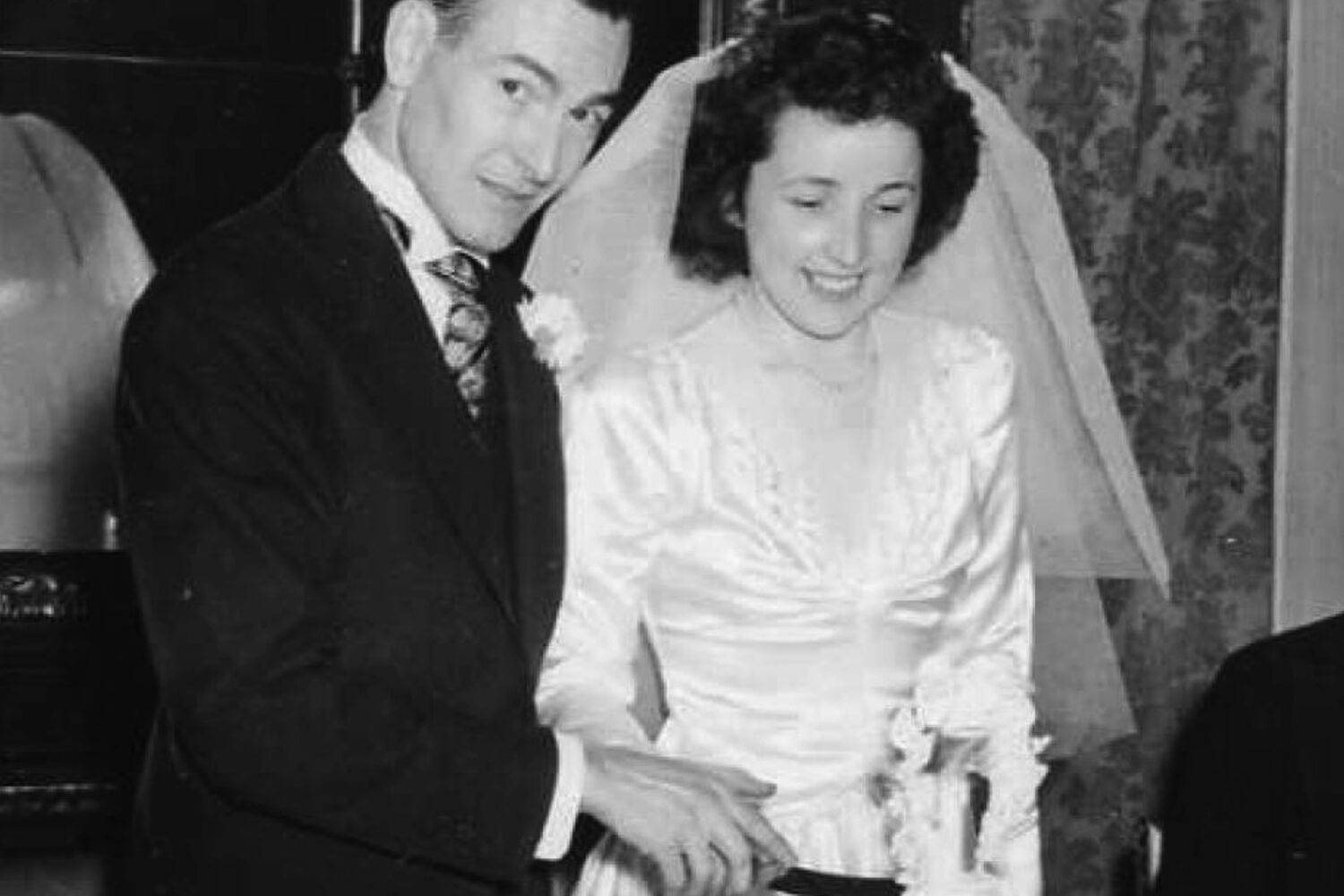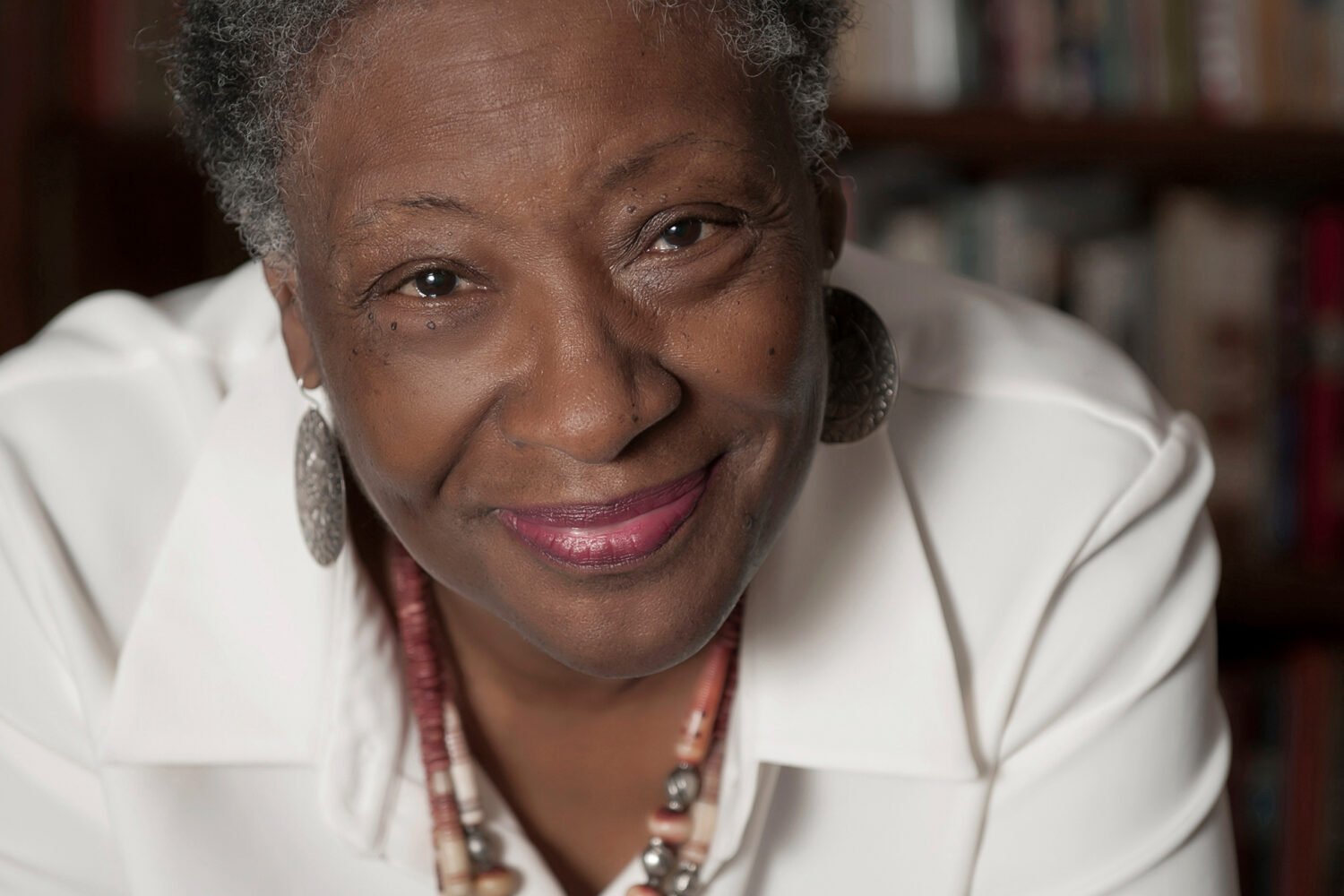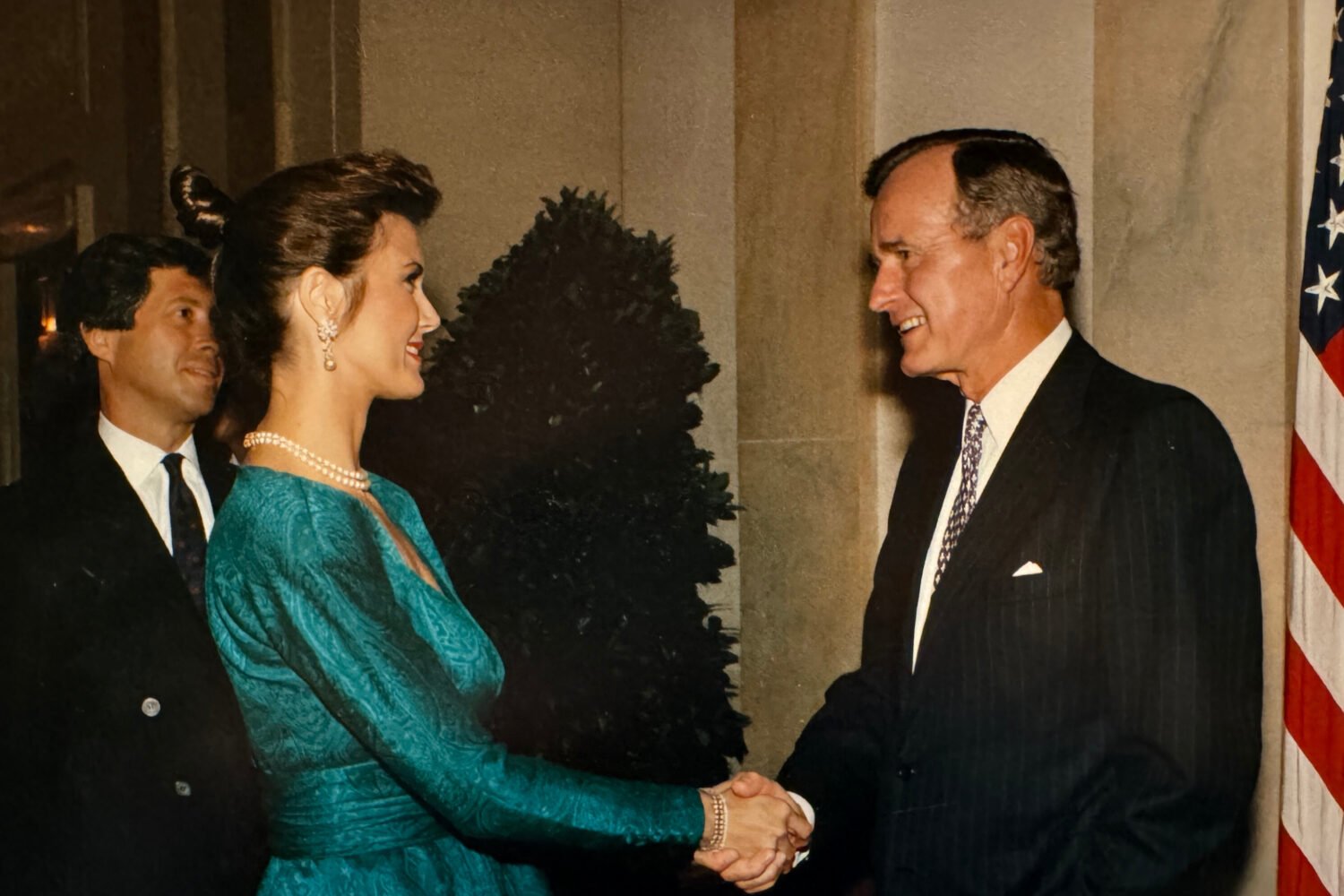I have cancer—kind of. After routine blood work for a physical, my internist winced and told me my white-blood-cell count was elevated enough for a hematology referral. “At least he’s not an oncologist,” I said. His expression beat his reply—that hematology and oncology go hand in hand.
Because frightening test results often turn out to be insignificant, this news didn’t worry me much. Still, I gave mortality some thought. Assessing my life and given my age, 64, death wouldn’t be tragic. I have a wonderful family and am “La La” to six grandchildren. Like everyone, I’ve had tough breaks. My mom died when I was 26, and I’ve been divorced twice. I finally hit the marriage jackpot with Chuck. We share faith, travel, and good health insurance. I’ve volunteered in the White House and at Walter Reed. How could I complain if my time was up? With belief in a supernatural adventure ahead, I felt surprisingly peaceful.
When Chuck and I arrived to meet with Dr. Paul Thambi, our anxiety spiked as we saw, in huge letters, AQUILINO CANCER CENTER. Were we sure I had cancer? Too late—I’d crossed over. Dr. Thambi reminded me of Anderson Cooper: stylish, smart, gentle sense of humor. He explained my test results, praising my hemoglobin and platelets. The lymphoma I had was “most likely” nonaggressive. Determining the type would take more blood work, PET and CAT scans, a bone-marrow biopsy. I called the radiology center, anxious about feeling claustrophobic in the machines, and wondered about taking Valium beforehand. “Bring your Valium and take it here if you like,” a staffer said. “But don’t worry. We’re not putting you in a coffin or anything—it’s open.” I laughed.
As casual as I tried to be, I was a wreck the morning we went to hear the blood-work and scan results. Dr. Thambi presented possible bad news, but there was still a chance I had a “good” lymphoma. The bone-marrow biopsy would tell the tale. As he perused his schedule, I begged him to do it that day: “You made the mistake of telling me it would take you only five minutes. Please find five minutes today.” With a smile, he said no one had ever pleaded for this before. We could return in three hours.
What sounded like a horror show—extracting marrow and a bit of bone from the pelvis—turned out to be a non-event, mainly because the doctor patiently narrated every step. Nothing hurt. Lying on my stomach, pillow under my arms, I could have read my e-mail. The lymphoma did turn out to be nonaggressive (“indolent”) splenic marginal zone. Chances are that someday, symptoms or blood-test results will prompt well-tolerated treatment. Dr. Thambi promises “no hair loss, no nausea.” For now, I’ll live my life and schedule quarterly appointments. Monitoring aside, I’m not so different from anyone my age. A health problem may arise, and I’ll have to deal with it.
Two days after the biopsy, with Chuck away, I was to remove the bandage and make sure the site wasn’t irritated. Nervous, partly because it would be hard to see, I headed to the doctor’s office for assistance. No appointment, no problem. “You have support here,” the receptionist said. A nurse walked me back to the infusion area and, with a hug, told me everything looked fine. I exhaled and recorded a mental image of this place that I might frequent someday. It didn’t look so scary, but my steps into that room felt as momentous as a lunar landing.
I have cancer, but not today.
This article appears in the May 2017 issue of Washingtonian.

















